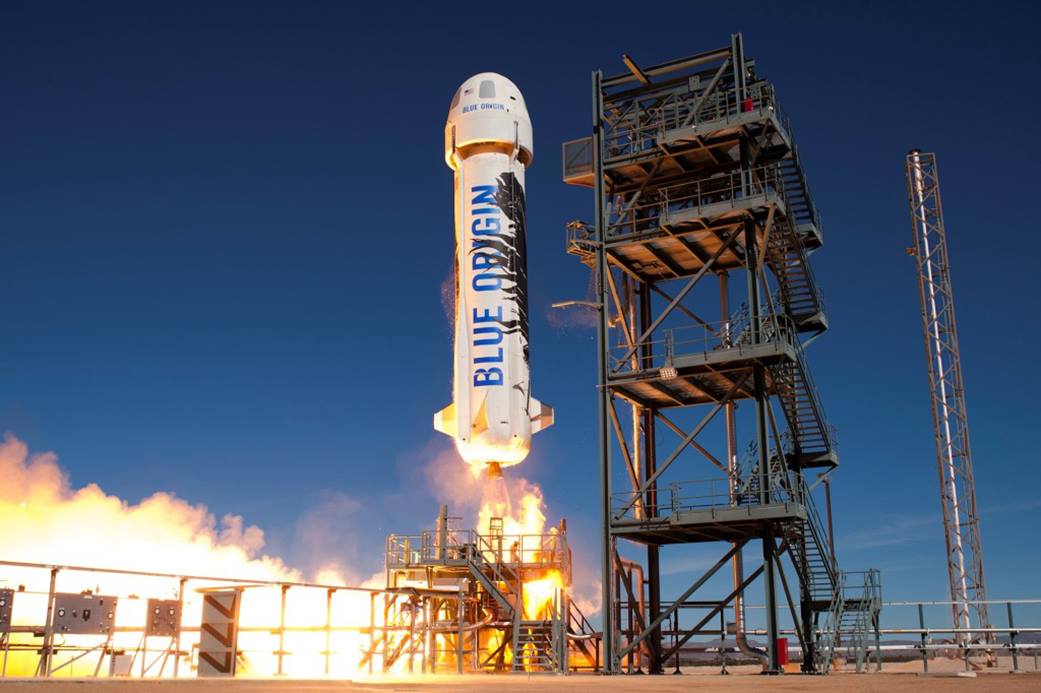By Chinese Satellite with 24.9 billion pixels of quantum technology. It’s worth seeing! You can zoom in, zoom out when you look at it. You can clearly see every gesture, even face of pedestrians on the road.


By Chinese Satellite with 24.9 billion pixels of quantum technology. It’s worth seeing! You can zoom in, zoom out when you look at it. You can clearly see every gesture, even face of pedestrians on the road.

Researchers from the University of Basel have reported a new method that allows the physical state of just a few atoms or molecules within a network to be controlled. It is based on the spontaneous self-organization of molecules into extensive networks with pores about one nanometer in size. In the journal Small, the physicists reported on their investigations, which could be of particular importance for the development of new storage devices.

Of course, all the algorithmic rigmarole is also causing real-world problems. Algorithms written by humans — tackling harder and harder problems, but producing code embedded with bugs and biases — are troubling enough. More worrisome, perhaps, are the algorithms that are not written by humans, algorithms written by the machine, as it learns.
Profiles in science.
Donald Knuth, master of algorithms, reflects on 50 years of his opus-in-progress, “The Art of Computer Programming.”
Donald Knuth at his home in Stanford, Calif. He is a notorious perfectionist and has offered to pay a reward to anyone who finds a mistake in any of his books. Credit Credit Brian Flaherty for The New York Times.

Scientists have long known that synthetic materials—called metamaterials—can manipulate electromagnetic waves such as visible light to make them behave in ways that cannot be found in nature. That has led to breakthroughs such as super-high resolution imaging. Now, UMass Lowell is part of a research team that is taking the technology of manipulating light in a new direction.
New NASA research confirms that Saturn is losing its iconic rings at the maximum rate estimated from Voyager 1 & 2 observations made decades ago. The rings are being pulled into Saturn by gravity as a dusty rain of ice particles under the influence of Saturn’s magnetic field.
“We estimate that this ‘ring rain’ drains an amount of water products that could fill an Olympic-sized swimming pool from Saturn’s rings in half an hour,” said James O’Donoghue of NASA’s Goddard Space Flight Center in Greenbelt, Maryland. “From this alone, the entire ring system will be gone in 300 million years, but add to this the Cassini-spacecraft measured ring-material detected falling into Saturn’s equator, and the rings have less than 100 million years to live. This is relatively short, compared to Saturn’s age of over 4 billion years.” O’Donoghue is lead author of a study on Saturn’s ring rain appearing in Icarus December 17.
Scientists have long wondered if Saturn was formed with the rings or if the planet acquired them later in life. The new research favors the latter scenario, indicating that they are unlikely to be older than 100 million years, as it would take that long for the C-ring to become what it is today assuming it was once as dense as the B-ring. “We are lucky to be around to see Saturn’s ring system, which appears to be in the middle of its lifetime. However, if rings are temporary, perhaps we just missed out on seeing giant ring systems of Jupiter, Uranus and Neptune, which have only thin ringlets today!” O’Donoghue added.

Scientists at Rice University have developed synthetic protein switches to control the flow of electrons.
The proof-of-concept, metal-containing proteins made in the Rice lab of synthetic biologist Joff Silberg are expressed within cells upon the introduction of one chemical and are functionally activated by another chemical. If the proteins have been placed in the cell, they can simply be turned on and off.
“This is not a metaphor for a switch, it is a literal electrical switch built from a protein,” Silberg said.

Un equipo ha implementado, por primera vez, un perceptr\xF3n, la unidad b\xE1sica de las redes neuronales del aprendizaje profundo, en un procesador cu\xE1ntico de cinco c\xFAbits y ha demostrado que funciona. Parece que la nueva revoluci\xF3n del procesamiento de informaci\xF3n est\xE1 cada vez m\xE1s cerca.

In other words, they’re launching 🚀 to suborbital space! Liftoff aboard the Blue Origin #NewShepard reusable rocket is no earlier than 9:30 a.m. EST, Tuesday, Dec. 18. You can watch live on NASA Television: https://go.nasa.gov/2Es92Sc

“It shows that we can successfully prevent rejection,” said Mohuiddin.
One single previous attempt at replacing the function of a baboon heart with that of a pig ended after only 57 days, after which the heart failed and the recipient died.
The new work, led by Dr. Bruno Reichart and others at LMU Munich, aimed to push that limit.
